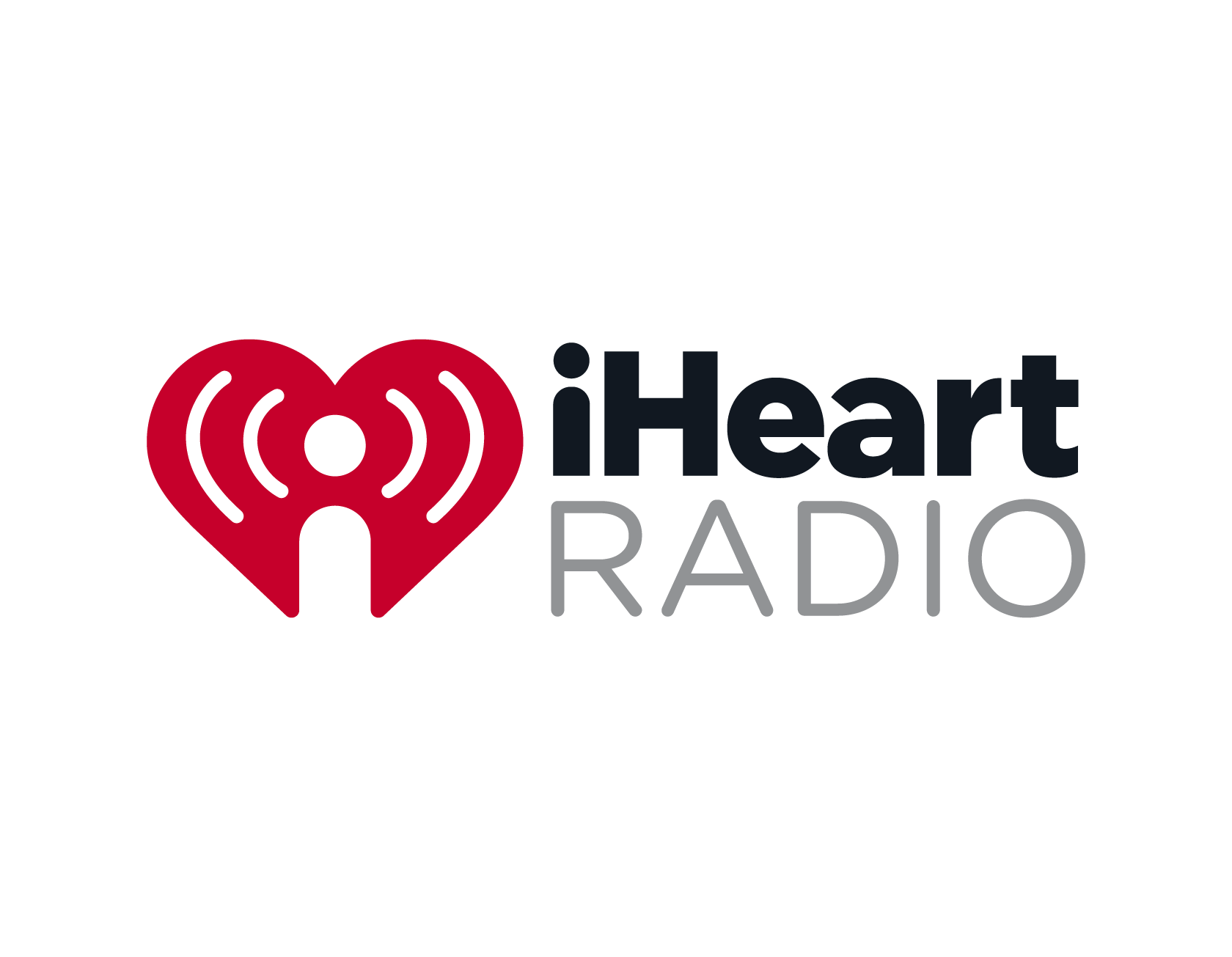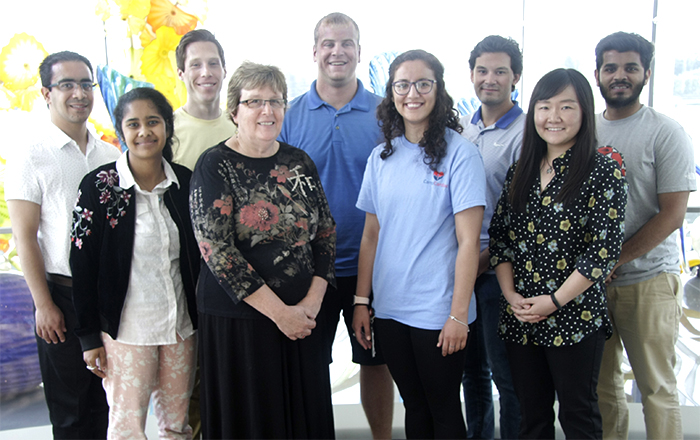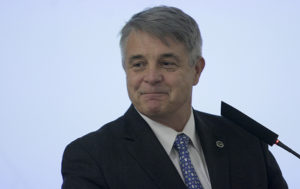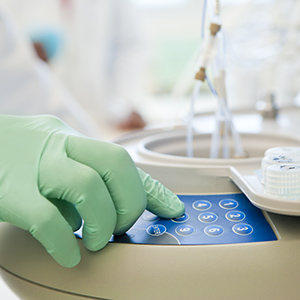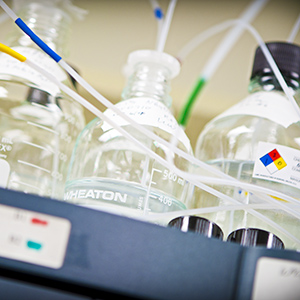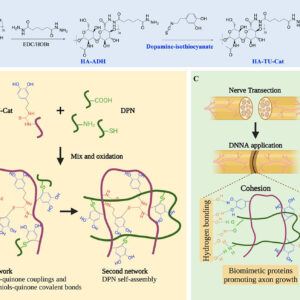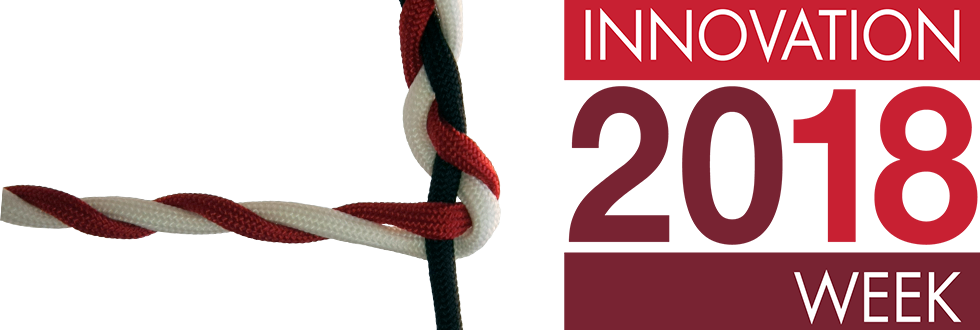
Correction (Oct. 18, 2018): Text amended to reflect programming change. Due to unforeseen circumstances, University of President Hank Bounds is unable to attend. UNMC/UNO Chancellor Jeffrey Gold, M.D., is now scheduled to deliver the keynote.
OMAHA, Neb. (Sept. 27, 2017)—The 12th annual Innovation Week kicks off Monday, Oct. 22, to celebrate and recognize world-class research and discovery at the University of Nebraska Medical Center and the University of Nebraska at Omaha.
All events are free and open to the public, but the Awards Banquet is an invitation-only event. Further details can be found on the Innovation Week page.
Hosted by UNMC’s and UNO’s technology transfer and commercialization office, UNeMed, Innovation Week begins with the Kick-Off at 9 a.m. Monday, Oct. 22, in the Durham Research Center atrium. The Kick-Off is an open house where guests can meet and mingle with UNeMed staff and get a free UNeMed T-shirt, coffee and other goodies.
Other Innovation Week events include the Innovation Awards, an Invent-A-Thon and an expert seminar about moving from academia to the industrial workplace.
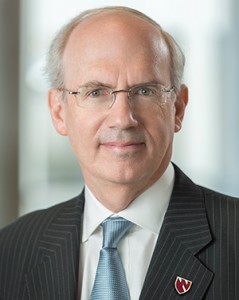
Dr. Gold
Innovation Week’s main event is on Thursday, Oct. 25, when UNeMed hosts the Research Innovation Awards Banquet. Following a keynote address from Jeffrey Gold, M.D., Chancellor of the University of Nebraska Medical Center and University of Nebraska at Omaha, the ceremony will recognize UNMC and UNO inventors who were issued a new patent, licensed a technology, or developed a new invention over the previous year. UNeMed will also present special awards for the “Most Promising New Invention” of 2018 and the “Innovator of the Year.”
The Awards will be at the Michael F. Sorrell Center in the Truhlsen Campus Events Center beginning at 5 p.m. Contact UNeMed to request an invitation.
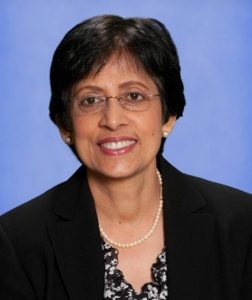
Dr. Fernandes
Innovation Week concludes Friday, Oct. 26, with two events, beginning with the seminar, “Moving into the Pharmaceutical Industry—Can the dark side be bright for you?” It will be presented by Prabhavathi Fernandes, PhD, who will discuss the path that led her through an impressive 35-year career in pharmaceutical discovery and development—which included leadership roles at Bristol-Myers Squibb and Abbott Laboratories.
Her talk will begin at 2 p.m. in the Durham Research Center auditorium.
Innovation Week wraps up later that evening when the 3D Invent-A-Thon concludes with its final presentations. Sponsored by the McGoogan Library of Medicine, the 3D Invent-A-Thon is a week-long competition among teams of area high school students who will attempt to solve a real-world healthcare problem using the latest in 3D printing and design. The teams will present their solutions to a panel of judges on Friday, Oct. 26, at 5 p.m. in the Linder Reading Room at the Michael F. Sorrell Center. Prizes will be awarded the winners, and a short reception will follow.
Read article

